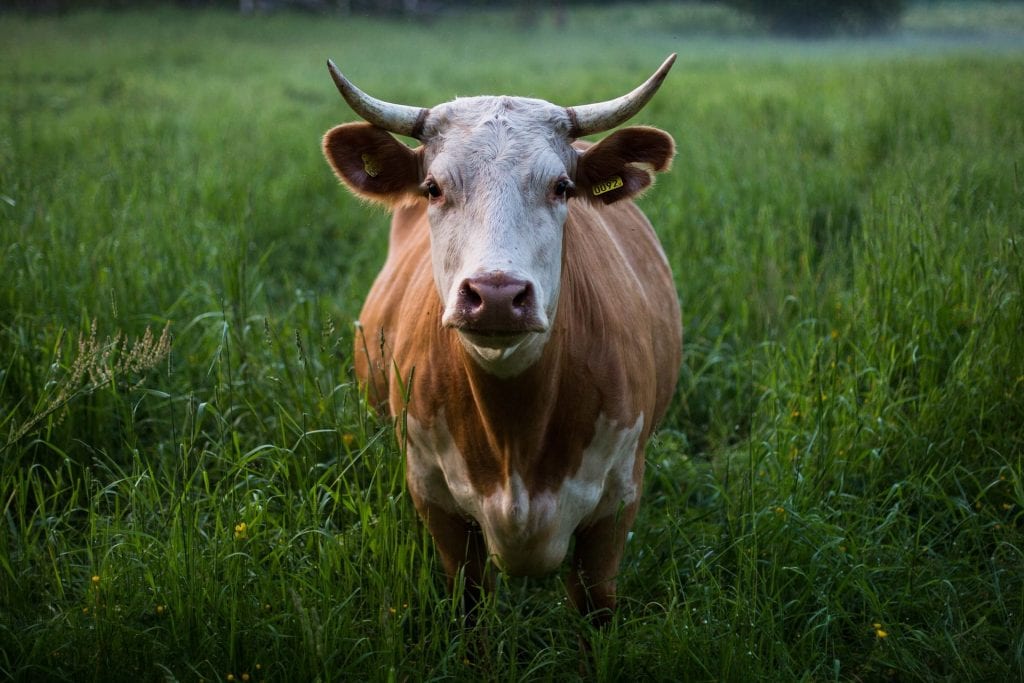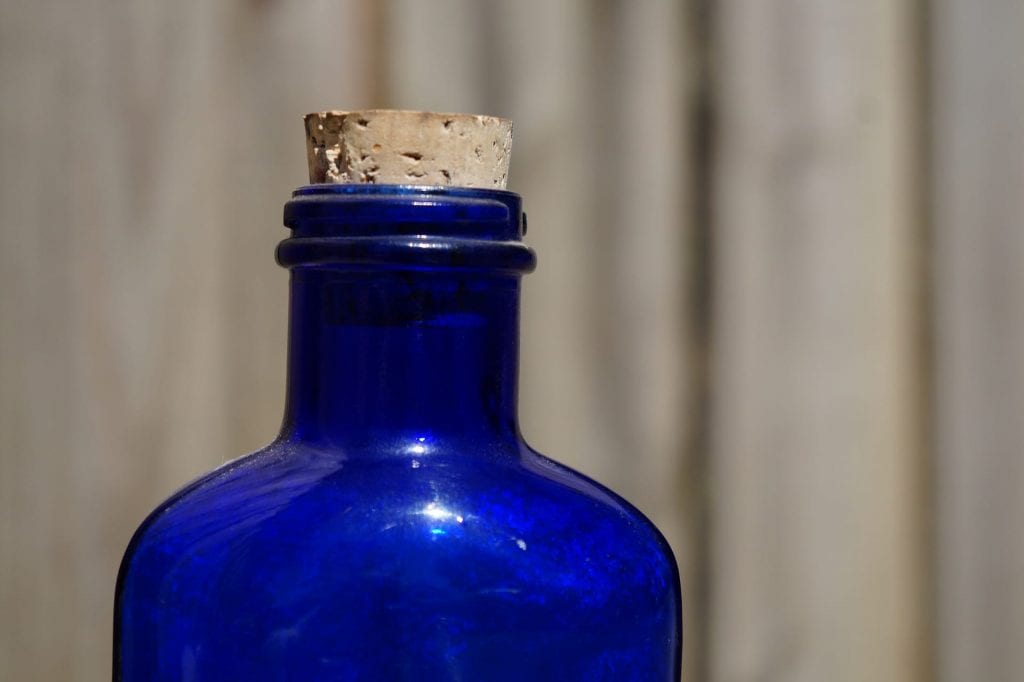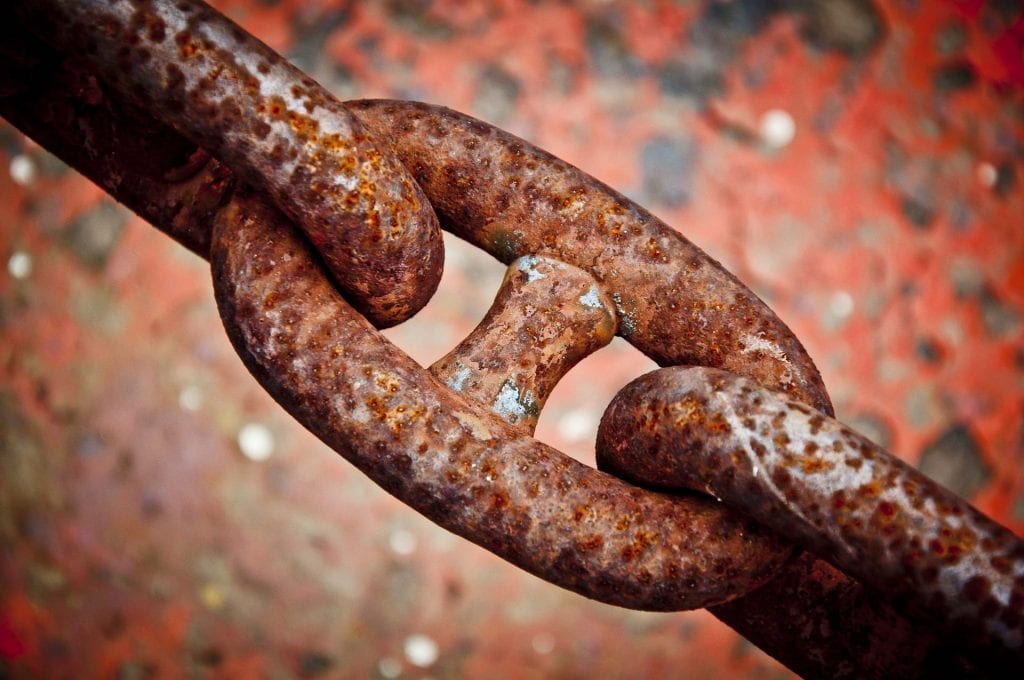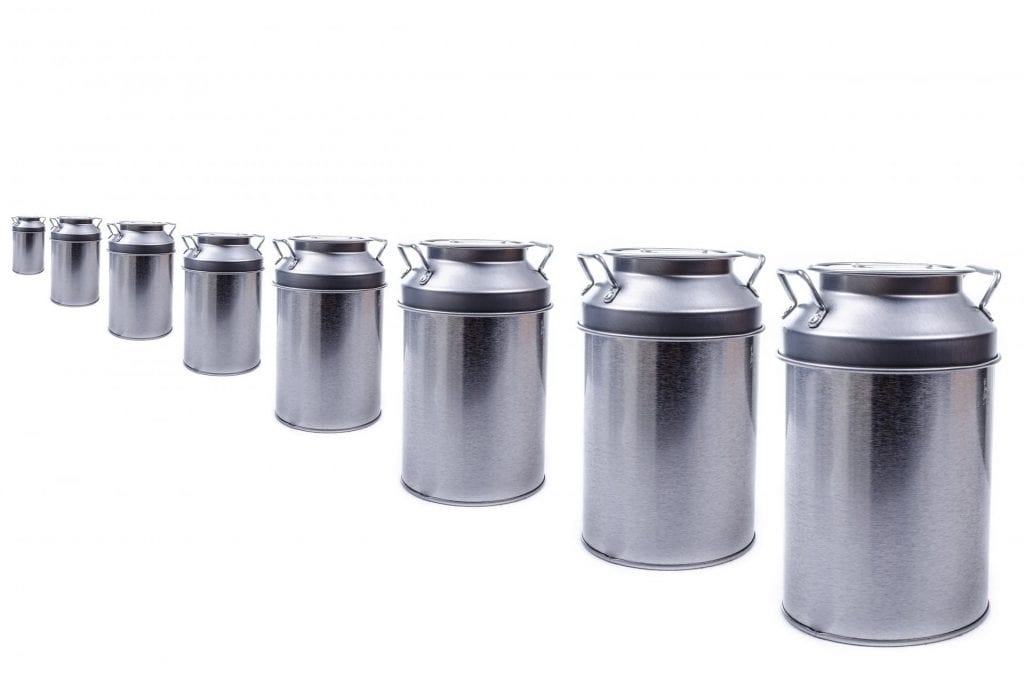

Lush, green grass!
So far, we have covered reproduction and lactation. Now we move on to growing and weaning stages.
A common practice in many Midwestern states involves sending stocker cattle to wheat pasture for winter grazing. Lush, green cereal crops notoriously are low in magnesium (Mg), leading to grass tetany. Adult cattle are susceptible to grass tetany as well if grazing new, lush pastures in the spring.
Alternatively, pastures that have adequate magnesium, but high levels of potassium (K) and nitrogen can also lead to cases of grass tetany. Ideal ranges for these minerals are 2.5mg/kg magnesium, > 30mg/kg potassium, and > 40mg/kg nitrogen. The K/(Ca + Mg) ratio should fall below 2.2 Eq to be considered safe.

Co
Cobalt deficiency often gets overlooked. Certain regions lack cobalt in the soil. Growing lambs and calves need greater than 0.1mg/kg DM and 0.04mg/kg DM, respectively. Deficiencies lead to unthriftiness, weight loss, pica, and poor wool quality. Horses appear unaffected. Cobalt protects against ovine white liver disease. Cobalt toxicity presents with weight loss, rough hair coat, listlessness, anorexia and incoordination.

Cu
Copper deficiency also affects young ruminants on pasture. Molybdenum, sulfate, and iron interfere with copper metabolism. Young, growing ruminants have chronic diarrhea, changes in hair color, unthriftiness, lameness, and anemia. Interestingly, copper and molybdenum competitively inhibit each other. Supplemental molybdenum in the diet prevents copper toxicosis, and conversely, supplementation with copper prevents molybdenum toxicosis. Deficiency of copper in young pigs leads to anemia, ataxia, paresis and death. Foals show developmental abnormalities in joints and limbs.

I
Iodine deficiency manifests with goiter, alopecia, and myxedema (swelling or thickening of skin). Rations high in linseed meal or soybean byproducts pose the greatest risk to sheep.

Fe 2+
It comes as no surprise that young animals are also at greatest risk for iron deficiency. Most animals with access to soil obtain adequate amounts of iron. Housed neonates on a strictly milk diet pose the highest vulnerability. Pigs and lambs routinely receive iron dextran injections shortly after birth. Iron deficiency puts young animals in danger of anemia and secondary infections.

Zn
Zinc deficiency in young pigs is unique. Most zinc in plants is bound, and unavailable to monogastrics. For this reason, meat meal must be utilized for growing pigs. Skin lesions begin as erythema on the ventral abdomen, then progress to scales with crusts. Deficiency in ruminants is rare.

K+
Natural forage usually provides adequate potassium for livestock. Most often, hypokalemia results secondary to anorexia, diarrhea, or other GI disturbances.
Once mature, most animals can cope with occasional mineral deficiencies. Severe restriction, or chronic low levels do occur. We will discuss these in the last installment in the series.